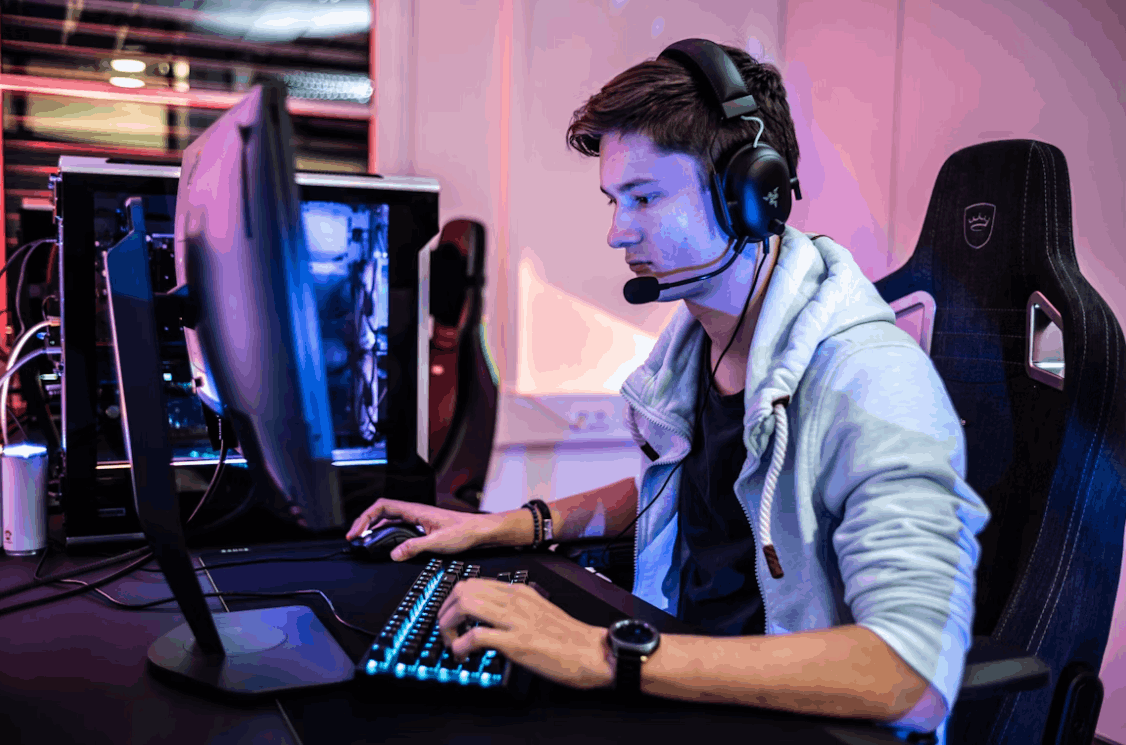
World Records That Shaped Speedrunning History and Legacy
Speedrunning history encompasses remarkable records transcending simple performance metrics, representing instead pivotal moments defining competitive gaming culture and community evolution. Certain world records achieved such dominance that they fundamentally altered how speedrunning communities approached game optimization. Understanding these legendary records reveals speedrunning's deepest values—dedication, innovation, collective progress, and the human capacity for extraordinary achievement through focused effort and collaborative knowledge-sharing.
F-Zero holds distinguished speedrunning historical significance, with records demonstrating remarkable longevity contrasted against modern competitive intensity. F-Zero speedrunning emerged when Japanese gaming magazines published official world records during the game's release period, creating documented speedrunning history predating modern online communities by decades. Legend, a legendary F-Zero speedrunner, established the Mute City 1 record in April 1991, approximately two weeks after purchasing the game. This initial record of 158.82 seconds remained standing for an unprecedented 9,945 days—nearly 27 years—making it speedrunning's longest-reigning record. Legend's dominance extended beyond individual records; he systematically improved the Mute City 1 record approximately 17 times across multiple decades, demonstrating sustained excellence across generations. His final significant improvement occurred in 2015, lowering the record to 157.96 seconds after years of dedication. Legend's legacy transcends record statistics, representing commitment to speedrunning excellence sustained across extraordinary timeframes.
Doom Hangar represents another historically significant record demonstrating remarkable longevity and community dedication. The Doom Hangar record held for approximately 9,945 days before finally being broken, joining F-Zero's Mute City 1 as speedrunning's longest-standing records. These extended record reigns illustrate how speedrunning communities require time developing optimization techniques, with records remaining stable for years or even decades before innovation drives breakthroughs. The Doom records demonstrate that speedrunning progress isn't linear—records stand untouched for extended periods before multiple competitors suddenly converge on breakthrough discoveries, driving rapid improvements until reaching new plateaus.
GoldenEye 007 speedrunning generated some of speedrunning's most contentious and competitive record battles. The game attracted numerous dedicated speedrunners competing intensely for specific levels' records. Runway Agent represented legendary speedrunner Boss's signature achievement, completed in 22 seconds during early speedrunning. This record established benchmark that subsequent speedrunners targeted for decades. The competitive nature of GoldenEye speedrunning created situations where legendary speedrunners held multiple game records simultaneously, though maintaining supremacy across all categories proved challenging as specialized runners focused expertise on individual levels. GoldenEye speedrunning exemplified speedrunning communities' competitive spirit balanced with collaborative innovation—runners acknowledged competitors' achievements while constantly pushing boundaries further.
Castlevania speedrunning experienced revolutionary transformation when communities discovered previously unknown glitches fundamentally altering game optimization. Discovery of specific glitch applications created entirely new speedrunning possibilities, rendering previous routes obsolete almost immediately. The Castlevania community's rapid adaptation to breakthrough discoveries demonstrates speedrunning's dynamic nature. What previously required careful sequence execution suddenly became achievable through glitch exploitation, dramatically reducing completion times. Multiple speedrunners contributed to developing the new route optimization, showcasing speedrunning communities' collaborative response to transformative discoveries.
Sonic speedrunning communities produced consistently competitive environments where world records fell regularly as techniques evolved. Unlike games with stable records, Sonic speedrunning featured fluid competitive landscapes with multiple speedrunners improving records multiple times annually. This regular record turnover reflected Sonic's mechanically complex physics system offering numerous optimization approaches. Different runners developed specialized techniques and route variations, creating diverse competitive strategies coexisting within unified communities. Sonic's speedrunning legacy emphasized that consistent competition and innovation represent equally valuable as individual record longevity.
The Legend of Zelda: Ocarina of Time represents modern speedrunning's complexity and sophistication. The game features multiple speedrunning categories with different rule classifications reflecting philosophical debates about technique permissibility. Glitchless Ocarina of Time speedrunning maintains extensive documentation addressing which techniques remain permissible versus prohibited, acknowledging that defining precise glitch boundaries proves challenging. The community's nuanced approach to rule-setting demonstrates speedrunning's maturation toward sophisticated competitive frameworks. Ocarina of Time speedrunning continues evolving, with runners discovering new optimization approaches regularly and communities revisiting category rules based on emerging understanding.
Elden Ring speedrunning demonstrates how new game releases create immediate competitive excitement. Upon release, speedrunning communities immediately began competing for fastest completion times, with records falling rapidly as optimization techniques proliferated. Unlike established games with thoroughly analyzed mechanics, Elden Ring speedrunning involved genuine discovery—finding new glitches and route optimizations contributing directly to competitive progression. The frenzied early competitive period demonstrated speedrunning communities' capacity for rapid collective learning and adaptation.
Super Mario Bros speedrunning history featured AndrewG's dominant period from 2007 to 2014, where he held the game's world record with exceptional longevity. AndrewG's reign established him as legendary speedrunner, though unlike some record holders, he faced consistent pressure from competitors approaching his times. His eventual record relinquishment represented passing of speedrunning's torch, with new speedrunners bringing fresh optimization approaches. AndrewG's legacy exemplifies how speedrunning's greatest achievements require sustained excellence across extended periods, not merely momentary brilliance.
Modern speedrunning records reflect increasingly sophisticated optimization where improvements measured in fractions of seconds represent extraordinary achievements. World-record margins have narrowed drastically—many records separate first and second place by hundredths or thousandths of seconds, reflecting optimization's theoretical limits approached in well-established games. This competitive intensity demonstrates how speedrunning communities extract maximum performance from games through decades of collective research.
Record longevity varies dramatically depending on game complexity, community size, and discovery potential. Some records remain stable for years because further optimization proves technically impossible or demands impractical execution consistency. Other records fall multiple times annually because active communities continue discovering efficiency improvements. This variation reflects speedrunning's complexity—different games present vastly different challenges and discovery opportunities.
Speedrunning record holders frequently become community figures transcending individual achievement. Legendary speedrunners inspire subsequent generations, demonstrating what dedicated practice and innovative thinking accomplish. Many record holders actively mentor newer speedrunners, sharing knowledge and encouraging community participation. Their legacy extends beyond times and dates into cultural significance—they embody speedrunning's values and inspire communities toward greater achievement collectively.